In India's rich cultural tapestry, where age-old traditions blend with contemporary aspirations, a postgraduate program stands as a beacon of ancient architectural wisdom: the M. Arch in 'Traditional Indian Architectural Knowledge Systems' (TIAKS)- Indian Knowledge Systems (IKS) with specialization in Architecture. This innovative program dives into the heart of India's architectural heritage, unravelling the intricate threads of Indian philosophies, construction techniques, and sacred symbolism that have intangibly governed the nation's flourishment for centuries. As the world marches forward, the echoes of history often risk fading into obscurity. Recognizing the urgent need of preserving and promoting indigenous architectural practices, for an authentic sustainable future, institutions such as MIT-ADT and IIT Kharagpur have taken up the mantle, offering specialized courses that bridge the gap between ancient wisdoms and contemporary architectural discourse. The TIAKS program is a response to this clarion call, to grow interest in nurturing traditional Indian architectural knowledge.
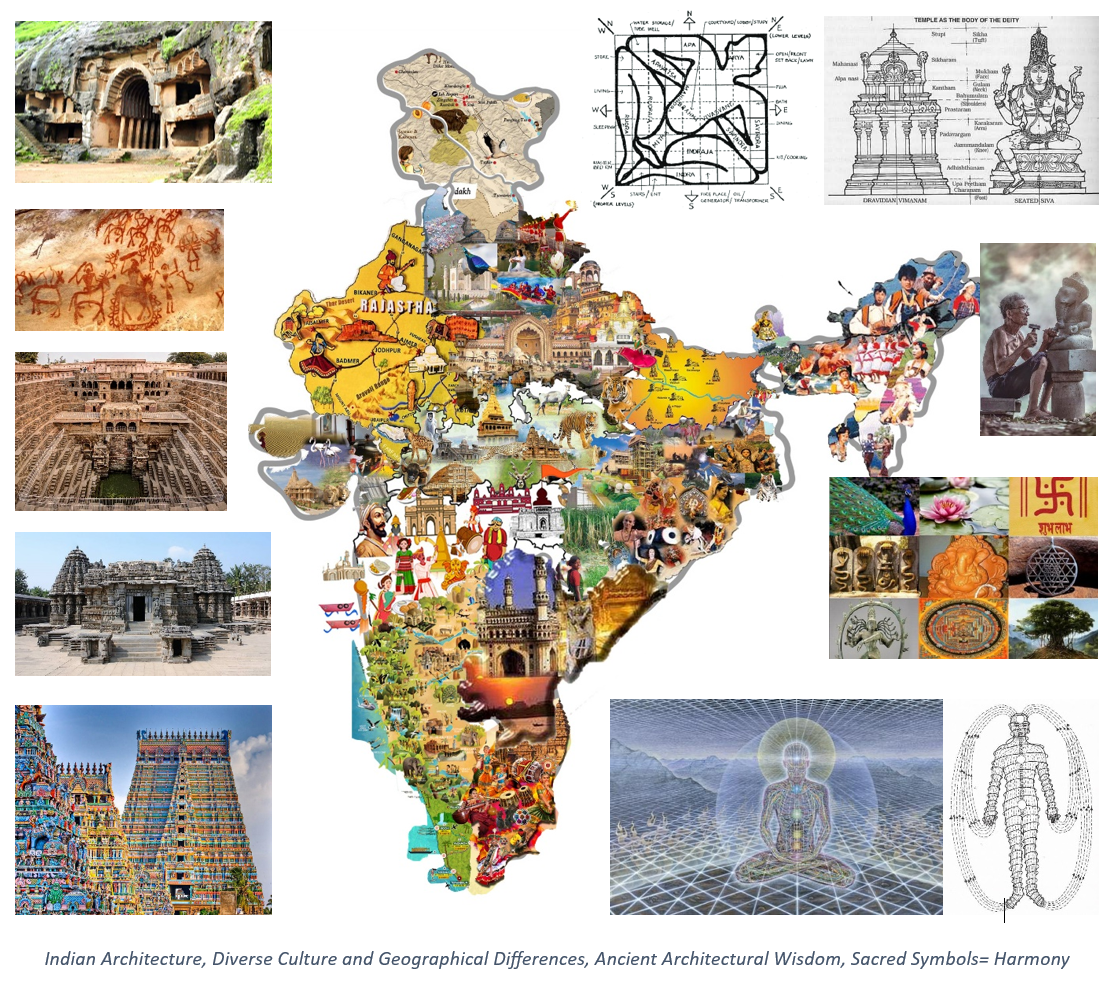
The roots of TIAKS can be traced back with study of ancient Indian texts, treatises, and scriptures that contain invaluable insights into the principles of construction and town planning. In recent times, the need to preserve and revive this traditional wisdom, coupled with the appreciation for sustainable and culturally relevant architecture, led to the establishment of formal academic programs in TIAKS. This program aligns with the national agenda of promoting and preserving India's cultural heritage. By integrating traditional architectural practices with modern approaches, TIAKS graduates contribute to sustainable development, heritage conservation, and the revitalization of traditional artisanship. TIAKS also plays a crucial role in fostering a sense of cultural identity and pride among communities.
What do TIAKS Scholars specialize in?
TIAKS scholars possess a diverse range of specializations within the field of traditional Indian architecture. Some of the key areas they may choose to focus on include:
Temple Architecture and Sacred Spaces: Scholars specialize in the intricate design and construction of temples, shrines, and other sacred spaces, exploring the principles of temple Vastu Shastra and the symbolic significance of various traditional architectural elements.

Sacred Geometry and Symbolism: Scholars may explore the profound relationship between sacred geometry, symbolism, and traditional Indian architectural design, understanding the spiritual aspects embedded in architectural elements.

Research and Documentation: Scholars in this specialization conduct in-depth research on lesser-known traditional architectural practices, historical buildings, and indigenous construction techniques. Their work involves field surveys, interviews with local communities and artisans, and thorough documentation of architectural marvels that may be at risk of being lost or forgotten.
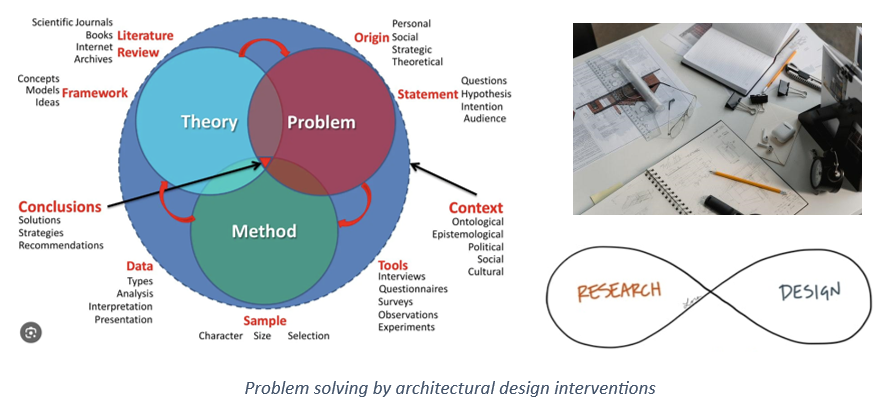
Material Sciences: Specializations in material sciences involve assessing building through principles of Building Biology and Vaastu, with methods such as dowsing and Energy Reading that help creating healthy and harmonious environments for the inhabitants of society. The forms created are inspired by geometric patterns found in nature, where as it also makes use of natural building materials that bring authenticity in quality of living.
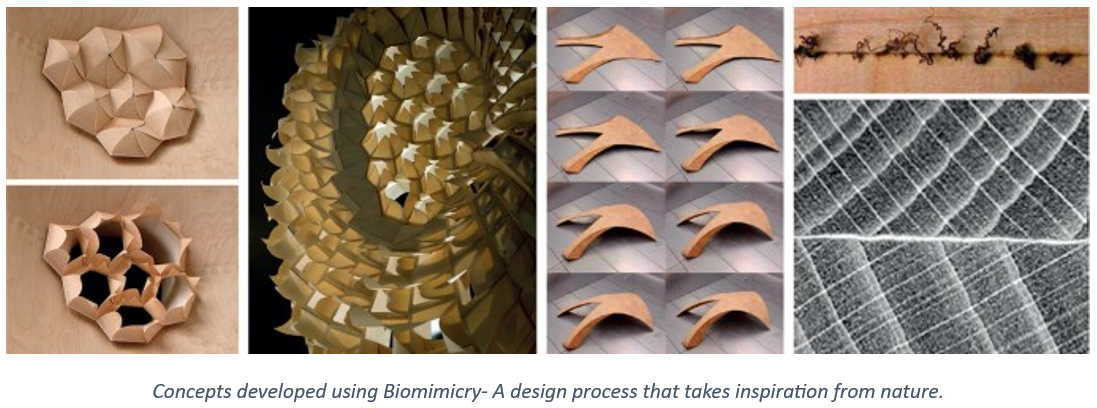
Traditional Housing Design: TIAKS scholars may concentrate on traditional housing typologies, studying vernacular architecture and sustainable building practices employed in different regions of India and evolve housing solutions to retain the cultural identity of these regions.

Sustainable and Eco-friendly Architecture: With a focus on environmental consciousness, some TIAKS scholars may specialize in integrating traditional design principles with modern sustainable technologies, creating eco-friendly structures.
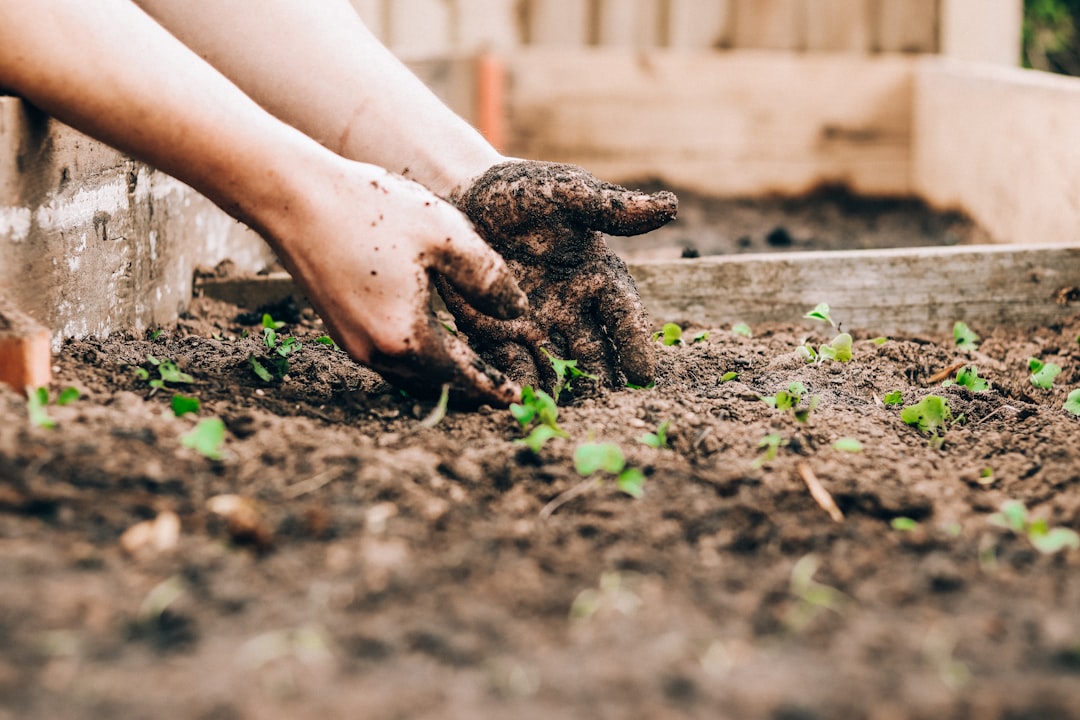
Digital Archiving: TIAKS scholars with a specialization in digital archiving employ advanced techniques to document and preserve traditional architectural knowledge. Creating digital repositories that include architectural drawings, 3D models, photographs, and scholarly research related to traditional Indian architecture ensures that valuable information is safeguarded for next generations of architects.
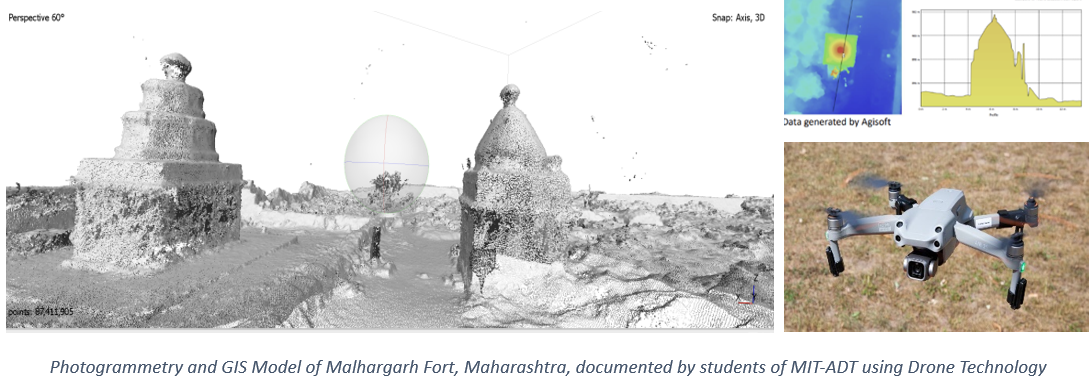
Multi-disciplinary Collaboration: Scholars in this specialization often collaborate with experts like Historians, Archaeologists, Anthropologists, Indologists, Cultural Theorists and Computer scientists to expand the interdisciplinary approach to traditional Indian architectural research and preservation. This collaboration fosters a holistic understanding of traditional architecture and its broader cultural context.
Apart from these, the TIAKS Scholars can delve into- Evolving Indigenous Construction Techniques, Revitalizing Regional Architectural Styles, Heritage Management and Tourism Planning, Philosophy and Spirituality in Architecture, and Teaching all of the above stated topics. These specializations offer TIAKS scholars the opportunity to contribute their knowledge and expertise to various aspects of architecture, heritage preservation, sustainable development, and cultural appreciation. Their work plays a vital role in bridging the gap between tradition and modernity while preserving the essence of India's architectural legacy for future generations.
What are the broader subjects covered in this course?
The curriculum of M. Arch in TIAKS is comprehensive, encompassing subjects such as-
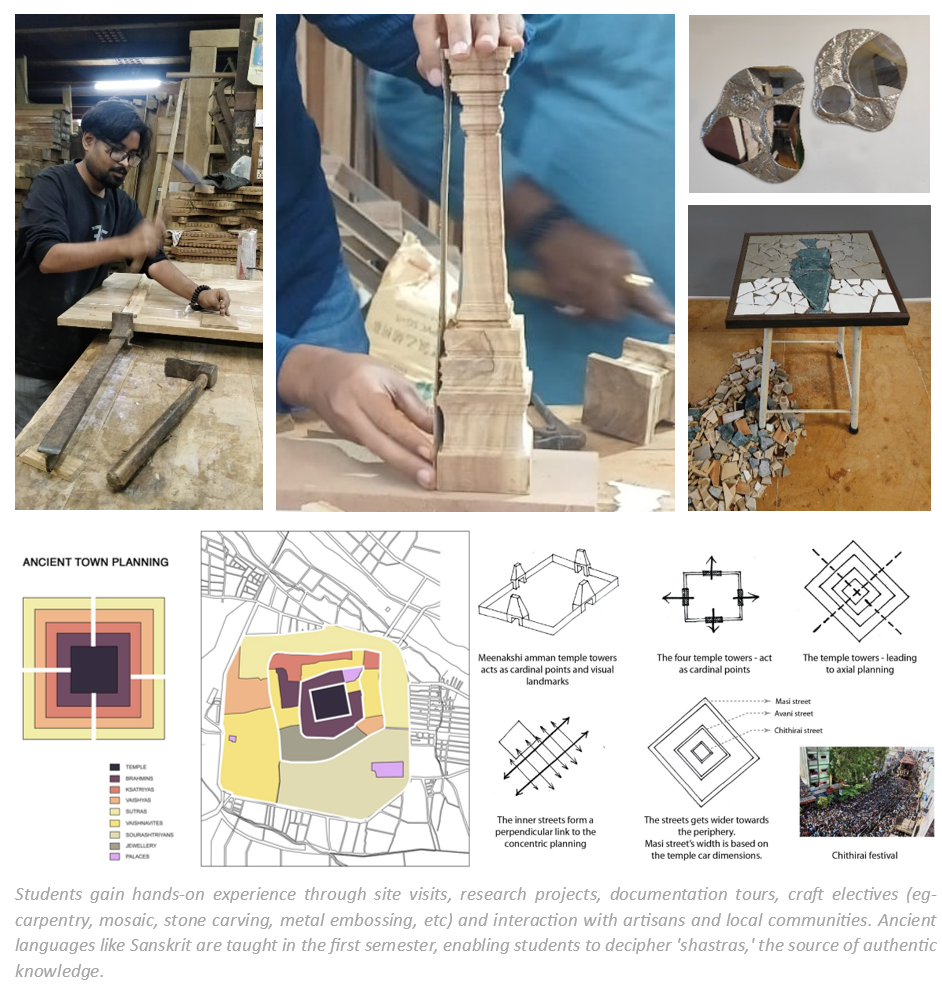
Reasons for recognizing this field as an essential niche in Architecture and Interior Design:
TIAKS stands as an essential niche in contemporary architectural practices due to two compelling reasons. Firstly, it offers sustainable and contextually relevant design solutions that honor the environment and cultural heritage. Secondly, TIAKS fosters cultural continuity by preserving and celebrating traditional craftsmanship which gives a timeless touch to the built form. Additionally, it responds to the growing interest in vernacular architecture and promotes social inclusivity by incorporating indigenous knowledge into modern urban planning.

Vardhamaan, led by architect Ar. Jenil Mota, a TIAKS Scholar, merges innovation with heritage. Designs harmonize modern visions with traditions, reflecting Jenil's expertise from the TIAKS program. Vardhamaan's sustainable projects embody architectural excellence, blending tradition and innovation seamlessly. Through insights from ancient texts, enabling sustainable designs that resonate culturally. Ar. Jenil Mota fosters a holistic approach, producing designs that seamlessly integrate rich heritage into contemporary projects, forging a harmonious balance between tradition and innovation.